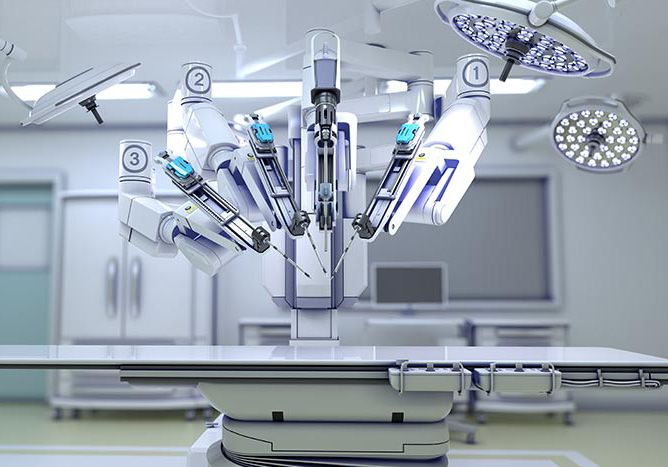Chapter 7
Integrating AI into System-Level Design with Simulink
MATLAB integrates AI into the model development process with Statistics and Machine Learning Toolbox and Deep Learning Toolbox. But AI is also integrated into system-level design using Simulink.
Using Simulink models throughout your development process, an approach called Model-Based Design, is a proven way to develop complex systems with efficiency and reduced risk.
With Simulink, engineers can understand and analyze complex systems by simulating block diagrams. Simulink provides blocks for machine learning and deep learning, enabling engineers to combine AI techniques with Model-Based Design.
Integrating AI into Model-Based Design for embedded algorithm development enables you to:
- Experiment with multiple AI models of an algorithm and rapidly compare tradeoffs in accuracy and on-device performance.
- Evaluate AI models of algorithms for compliance with system requirements before they are deployed.
- Run your AI models alongside other models within a simulated environment to uncover system integration issues.
- Test scenarios that would be difficult, expensive, or dangerous to run on hardware or in a physical environment.

Developing an AI-enabled complex device like a surgical robot requires system-level integration and simulation.
You can also use AI for data-driven reduced order modeling (ROM) for modeling more complex medical device systems in Simulink. AI-based ROMs can be used to replace a high-fidelity first-principles model of the system. Models based on first principles are typically too computationally intensive to be used for system-level design, especially during hardware-in-the-loop or processor-in-the-loop testing that requires a model to run in real time. You can train AI-based ROMs using data collected from real hardware systems and integrate them into Simulink to significantly speed up the system simulation and testing of a complex medical device system.
Another option is to leverage Simulink as a dynamic environment for reinforcement learning, a branch of machine learning (ML).
Simulink also enables medical engineers to certify embedded AI-based models as a part of the overall medical device software development process by adhering to the IEC 62304 guidelines during software development and incorporating verification and validation workflows. Features such as requirements-based modeling and testing, systems engineering, automated formalized testing workflows, automatic code generation, and code verification can significantly reduce the overall development costs and time to market for an AI-enabled medical device.
You can read more about using Simulink for medical device development in the white paper Model-Based Design for Medical Device Development.



